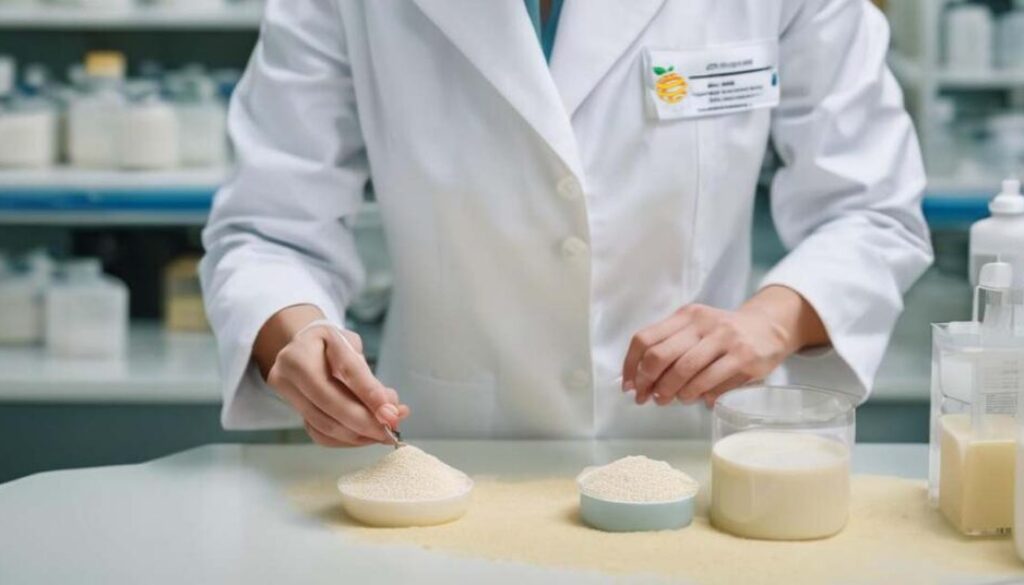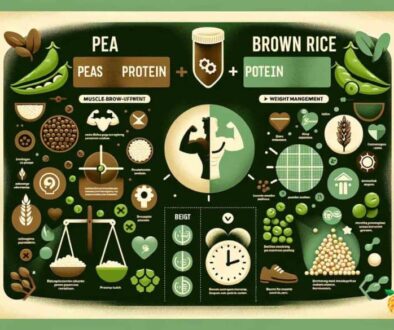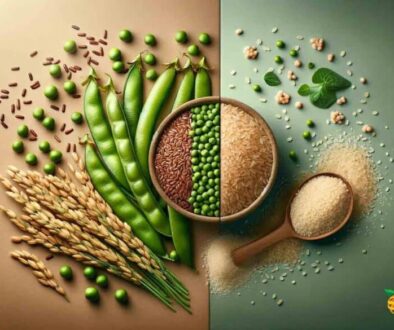Pea Protein-Everything You Need to Know About It
What is Pea Protein?
Pea (Pisum sativum L.) is a prominent legume known worldwide. It annually produces about 13.5 million tons globally and is valued at around $200 per ton for producers. Cultivated in over 90 countries, peas have become a staple source of commercial protein due to their outstanding yield, accessibility, and affordability. They find applications in various sectors including food supplements, emulsifiers, fortified beverages, protein blends, encapsulation, and even in the production of bioactive compounds. Furthermore, their versatility and nutritional richness make them an indispensable component in the global food industry. ETprotein offers high-quality pea protein to food and beverage brands globally. For detailed pea protein specifications, click here.
The Versatility of Peas
Apart from being a common food, peas have gained significant attention in the food industry due to their high protein content. In 2017, the economic value of pea protein was $32 million. Projections suggest a significant increase, potentially reaching $176 million by 2025. This surge in interest is driven by the diverse range of applications and an increasing awareness of its nutritional benefits. The versatility of pea protein opens up new possibilities in various industries, making it a crucial player in the evolving food industry.
Pea Protein Composition
Pea protein is derived from both yellow and green peas (Pisum sativum). It serves as both a dietary supplement and a food ingredient. In its powdered form, it acts as a versatile component in food manufacturing, working as a thickener, foaming agent, or emulsifier.
It mainly comprises 7S/11S globulins, which dissolve in salt and make up 65%-80% of the total protein content. In contrast, 2S albumin is water-soluble and constitutes 10%-20% of the total protein content. What distinguishes pea protein is its high lysine content.
This nutritional profile makes it valuable in balancing dietary deficiencies, especially in cereal-based diets. Therefore, pea protein plays a crucial role in ensuring a well-rounded and balanced nutritional intake.
Nutritional Benefits of Pea Protein
Research into pea protein highlights its various nutritional benefits. Studies consistently demonstrate its effectiveness in improving overall health. Pea protein and its components possess various health-promoting properties. These include powerful antioxidants that combat oxidative stress and its effects on health.
Moreover, pea protein also demonstrates properties that regulate blood pressure, making it beneficial for heart health. Its anti-inflammatory attributes are essential for managing chronic conditions. Furthermore, pea protein is associated with lowering cholesterol levels, further supporting heart health. As a result, pea protein emerges as a versatile ingredient with significant potential for improving various aspects of human health.
Enhanced Bioactivity through Processing
Studies aimed at enhancing pea protein’s bioactivity have yielded promising results. Additionally, through chemical or combined processing methods, the natural health-promoting properties of pea protein and its hydrolysates can be intensified. Furthermore, these advancements open up possibilities for creating specialized functional foods, offering improved nutrition and health benefits. This has the potential to revolutionize the landscape of dietary options and their impact on overall well-being.
A Path to Preventative Nutrition
Incorporating pea protein-rich foods into our daily diets shows potential in preventing chronic diseases. Moreover, with mounting evidence supporting its diverse health benefits, pea protein is becoming a significant player in preventative nutrition. Furthermore, its accessibility, cost-effectiveness, and impressive nutritional content make it a valuable tool in the quest for improved health and well-being. Ultimately, integrating pea protein into our dietary routines represents a proactive step towards safeguarding our long-term health.
Conclusion: Leading a Nutritional Shift
In conclusion, the rise of pea protein as a nutritional powerhouse represents a significant step forward in the quest for sustainable and health-conscious dietary choices. Additionally, its versatility, affordability, and impressive nutritional content highlight its pivotal role in the food industry and in individual dietary practices. Moreover, as ongoing research endeavors continue to uncover new aspects of pea protein’s functionality and applications, it stands poised to revolutionize the landscape of nutrition and dietary preferences on a global scale. Furthermore, embracing pea protein is not just a dietary choice; it signifies a shift towards a future where nutrition is accessible and optimized for holistic well-being. In essence, the journey toward optimal health begins with the conscious inclusion of pea protein into our dietary routines.














